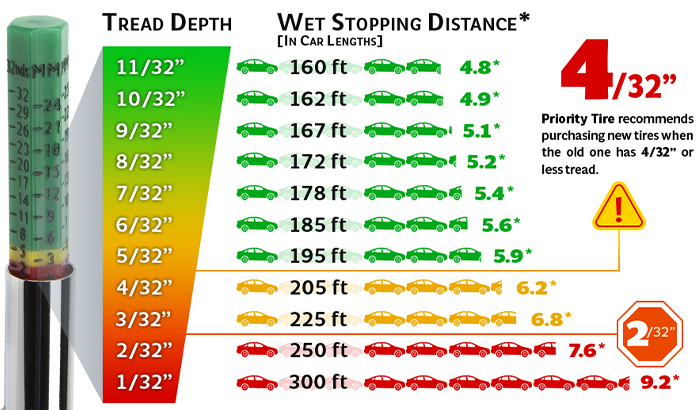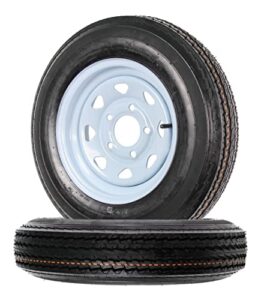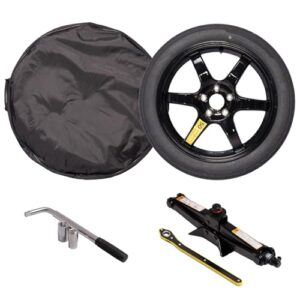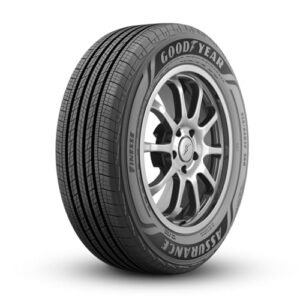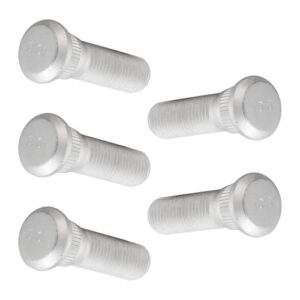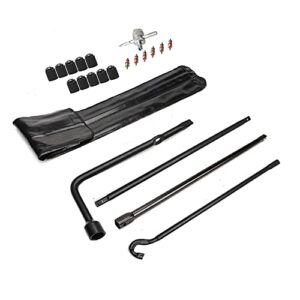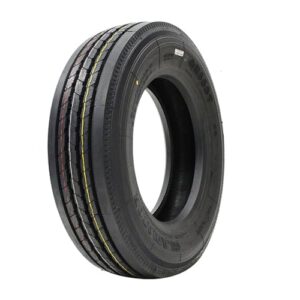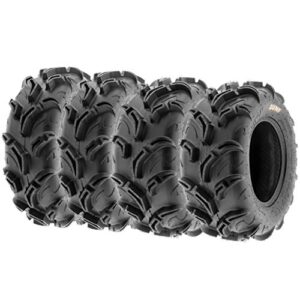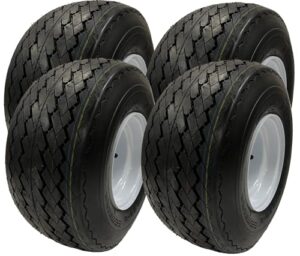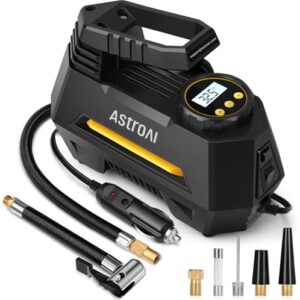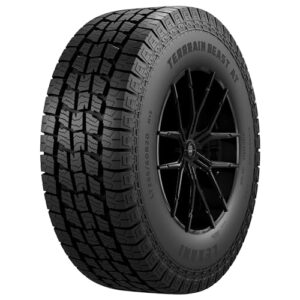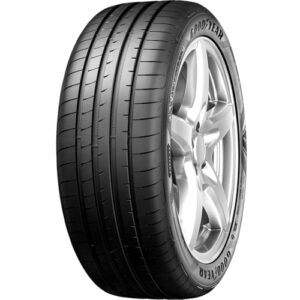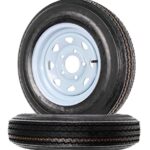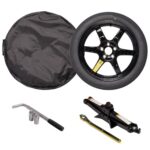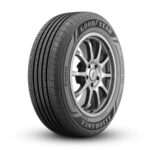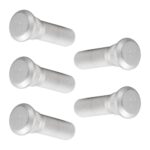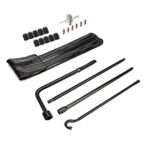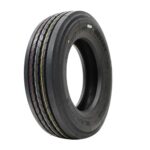To measure tire tread depth, use a tread depth gauge or the penny test. Insert the tool into the grooves.
Tire tread depth is crucial for vehicle safety and performance. Proper tread ensures better traction, especially in wet conditions. A tread depth gauge offers precise measurements, typically in 32nds of an inch. For a quick check, the penny test is an easy alternative.
Insert a penny into the tread with Lincoln’s head upside down. If you see all of Lincoln’s head, it’s time to replace the tire. Regular monitoring helps avoid dangerous driving conditions and maintains optimal vehicle handling. Always prioritize tire maintenance for a safer driving experience.
Importance Of Tire Tread Depth
Tire tread depth is vital for your safety and your vehicle’s performance. The grooves in the tire tread help in gripping the road. They also help in channeling water away from the tire. This reduces the risk of hydroplaning.
Safety Benefits
Adequate tire tread depth provides better traction on wet roads. It helps in reducing stopping distances. This is crucial for avoiding accidents. Worn-out treads increase the risk of skidding. This can be especially dangerous during rainy weather.
Legal Requirements
Many countries have legal requirements for minimum tire tread depth. In the United States, the minimum legal depth is 2/32 of an inch. Driving with tires below this limit can result in fines. It can also lead to your vehicle failing inspections.
| Country | Minimum Tread Depth |
|---|---|
| United States | 2/32 of an inch |
| United Kingdom | 1.6mm |
| Germany | 1.6mm |
Maintaining the correct tire tread depth is not just about safety. It is also about staying within the law. Always check your tires regularly to ensure they meet the required standards.
Tools For Measuring Tread Depth
Knowing how to measure tire tread depth is essential for safety. Proper tools make this task easy and accurate. There are several tools available for this purpose.
Penny Test
The Penny Test is a quick and simple method. You only need a penny.
- Take a penny and hold it between your thumb and forefinger.
- Place the penny into the tread groove with Lincoln’s head upside down.
- If you can see the top of Lincoln’s head, your tire tread is too low.
- This means your tires need replacement.
This method provides a rough estimate. It helps you gauge if further inspection is needed.
Tread Depth Gauge
A Tread Depth Gauge offers a more accurate measurement. This tool is easy to use.
- Place the gauge into the tread groove.
- Press the gauge down until it touches the tread surface.
- Read the measurement from the scale on the gauge.
- Compare the reading to the tire manufacturer’s recommendations.
Most gauges provide readings in 32nds of an inch. A depth of 2/32″ or less means it’s time to replace the tires.
Digital gauges are also available. These offer easy-to-read results.
Both methods are effective. Choose the one that suits your needs best.
Steps For Using A Penny
Measuring tire tread depth is vital for car safety. The penny test is an easy method. Follow these steps to ensure your tires are safe for the road.
Preparation
- Ensure your car is parked on a flat surface.
- Turn off the engine and engage the parking brake.
- Gather a clean penny for the test.
- Wear gloves to keep your hands clean.
Measurement Process
- Hold the penny between your thumb and forefinger.
- Insert the penny into the tire tread grooves.
- Make sure Lincoln’s head is facing down.
- Check if the top of Lincoln’s head is visible.
- If you see the top, your tread is too low.
- Repeat the process in multiple spots on the tire.
Important: Repeat these steps for all four tires. Consistent measurement ensures overall safety.

Using A Tread Depth Gauge
Measuring tire tread depth is crucial for vehicle safety. Using a tread depth gauge is a precise method to ensure your tires are in good condition. This tool provides accurate readings of how much tread remains on your tires.
Gauge Types
There are different types of tread depth gauges available. Here are the main types:
- Pencil Gauge: This is a simple and affordable option. It resembles a pen.
- Dial Gauge: This gauge has a dial indicator for more precise readings.
- Digital Gauge: This offers a digital readout for quick and accurate measurements.
Each type has its benefits. The choice depends on your preference and budget.
Proper Technique
Using a tread depth gauge correctly is important for accurate readings. Follow these steps:
- Ensure the tire is clean and dry.
- Insert the gauge into the tread groove.
- Push the gauge down until it touches the base of the groove.
- Read the measurement on the gauge.
Repeat this process at multiple points around the tire. This ensures you get a comprehensive assessment of the tread depth.
By using a tread depth gauge, you can maintain your tire health. This helps ensure safe driving conditions.
Interpreting Tread Depth Results
Understanding tire tread depth is crucial for safe driving. In this section, we will explore how to interpret your tire tread depth results. This will help you know when to replace your tires to ensure maximum safety.
Safe Tread Levels
Tread depth is measured in 32nds of an inch. A new tire usually has a tread depth of 10/32″ to 11/32″. The minimum safe tread depth is 2/32″. Here is a table to help you understand safe tread levels:
| Tread Depth (32nds of an inch) | Condition |
|---|---|
| 10/32″ – 11/32″ | New Tire |
| 6/32″ – 8/32″ | Good |
| 3/32″ – 5/32″ | Replace Soon |
| 2/32″ or less | Replace Now |
Signs Of Wear
Several signs indicate your tires are wearing out. Look for these signs:
- Uneven Tread Wear: This could mean alignment issues.
- Bald Spots: Indicates the tire is worn out.
- Cracks and Bulges: These are signs of tire damage.
Regularly check your tires for these signs. This will help maintain tire health and ensure safe driving.
When To Replace Tires
Knowing when to replace tires is crucial for safety. Tires wear down over time. This affects grip and vehicle control. Let’s explore how to measure tire tread depth.
Minimum Depth
Regularly check your tire tread depth. The minimum legal depth in many places is 2/32 of an inch. Use a tread depth gauge to measure. Insert the gauge into the tread grooves. Note the measurement. If the depth is below 2/32 of an inch, replace your tires.
Seasonal Considerations
Different seasons require different tread depths. For winter, tires need at least 5/32 of an inch. Snow and ice need deeper treads for better grip. For rainy seasons, a depth of 4/32 of an inch is advisable. This helps prevent hydroplaning.
Consider rotating your tires. This ensures even wear across all tires. Check your tire pressure regularly. Proper inflation helps maintain tread depth.
Maintaining Optimal Tread
Ensuring your tire tread remains at optimal levels is crucial for safety. It helps maintain traction and control, especially in wet conditions. Regular inspections and proper inflation are key to preserving tread depth.
Regular Inspections
Regularly checking your tires ensures they are in good condition. Use a tread depth gauge to measure the depth accurately. Insert the gauge into the tread grooves. A depth of 2/32 inches or less means your tires are worn out. Replace them immediately.
You can also use the penny test. Place a penny into the tread groove with Lincoln’s head upside down. If you can see his entire head, the tread is too shallow.
Perform these inspections every month. Also, check before long trips. It helps spot early signs of wear and tear.
Proper Inflation
Keeping your tires properly inflated helps maintain tread depth. Under-inflated tires wear out faster on the edges. Over-inflated tires wear out faster in the center.
Check your tire pressure at least once a month. Use a reliable pressure gauge. Compare the reading with the recommended pressure in your vehicle’s manual. Inflate or deflate as needed.
Proper inflation also improves fuel efficiency. It ensures your car handles well on the road.
| Inspection Frequency | Tools Needed |
|---|---|
| Monthly | Tread depth gauge, penny, pressure gauge |
| Before long trips | Tread depth gauge, penny, pressure gauge |
Regular inspections and proper inflation help keep your tires in top shape. This ensures a safe and smooth ride every time.

Common Tread Wear Patterns
Understanding common tread wear patterns can help you maintain your tires better. Tread wear patterns reveal a lot about tire health and your driving habits. Identifying these patterns early can prevent accidents and prolong tire life.
Causes
Uneven wear can result from various causes. Overinflation leads to wear in the center of the tread. Underinflation causes wear on the outer edges. Misalignment often results in uneven wear on one side. Worn-out suspension parts can also affect tread wear patterns.
| Pattern | Cause |
|---|---|
| Center Wear | Overinflation |
| Edge Wear | Underinflation |
| One-Sided Wear | Misalignment |
| Patchy Wear | Worn Suspension |
Prevention Tips
Regular maintenance can prevent most tread wear issues. Check tire pressure monthly to avoid overinflation or underinflation. Rotate your tires every 6,000 to 8,000 miles for even wear. Align your wheels at least once a year or if you notice uneven wear. Inspect suspension parts regularly to ensure they are in good condition.
- Check tire pressure monthly
- Rotate tires every 6,000 to 8,000 miles
- Align wheels annually
- Inspect suspension parts regularly
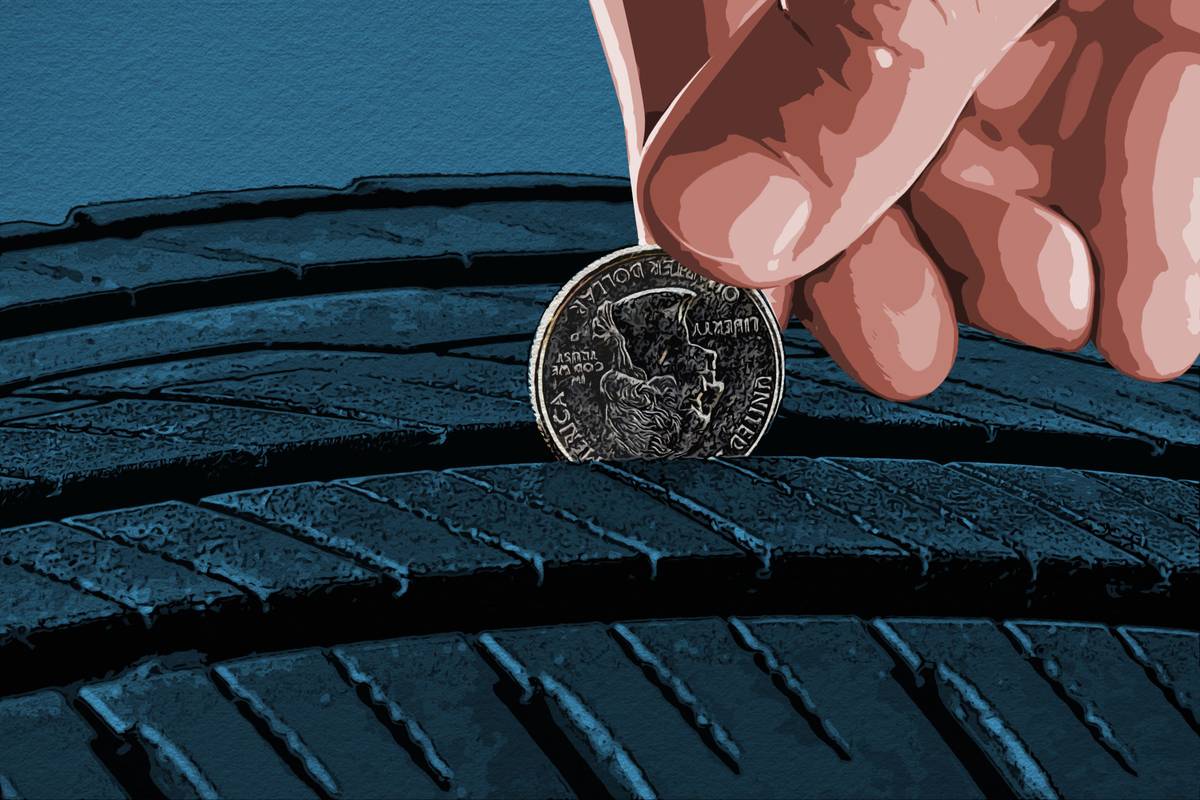
Frequently Asked Questions
How Do You Measure Tire Tread Depth At Home?
Use a penny to measure tire tread depth. Insert it into the tread groove with Lincoln’s head upside down. If you can see all of Lincoln’s head, it’s time to replace the tire.
What Is A Good Tire Tread Depth?
A good tire tread depth is at least 6/32 inches. Replace tires when tread depth reaches 2/32 inches. Regular checks ensure safety and performance.
What Does 2 32 Tread Depth Look Like?
2/32-inch tread depth looks very shallow. The tire tread is nearly bald, providing minimal traction and safety.
Is 4/32 Tire Tread Safe?
A 4/32 tire tread depth is considered borderline. It provides some traction but replacing the tire soon is advisable for safety.
Conclusion
Regularly checking tire tread depth ensures safety and optimal performance. Use a tread depth gauge or the penny test. Replace tires if tread is worn out. Proper tire maintenance can extend tire life and improve road safety. Stay proactive and keep your vehicle in top condition by monitoring tire tread depth.


